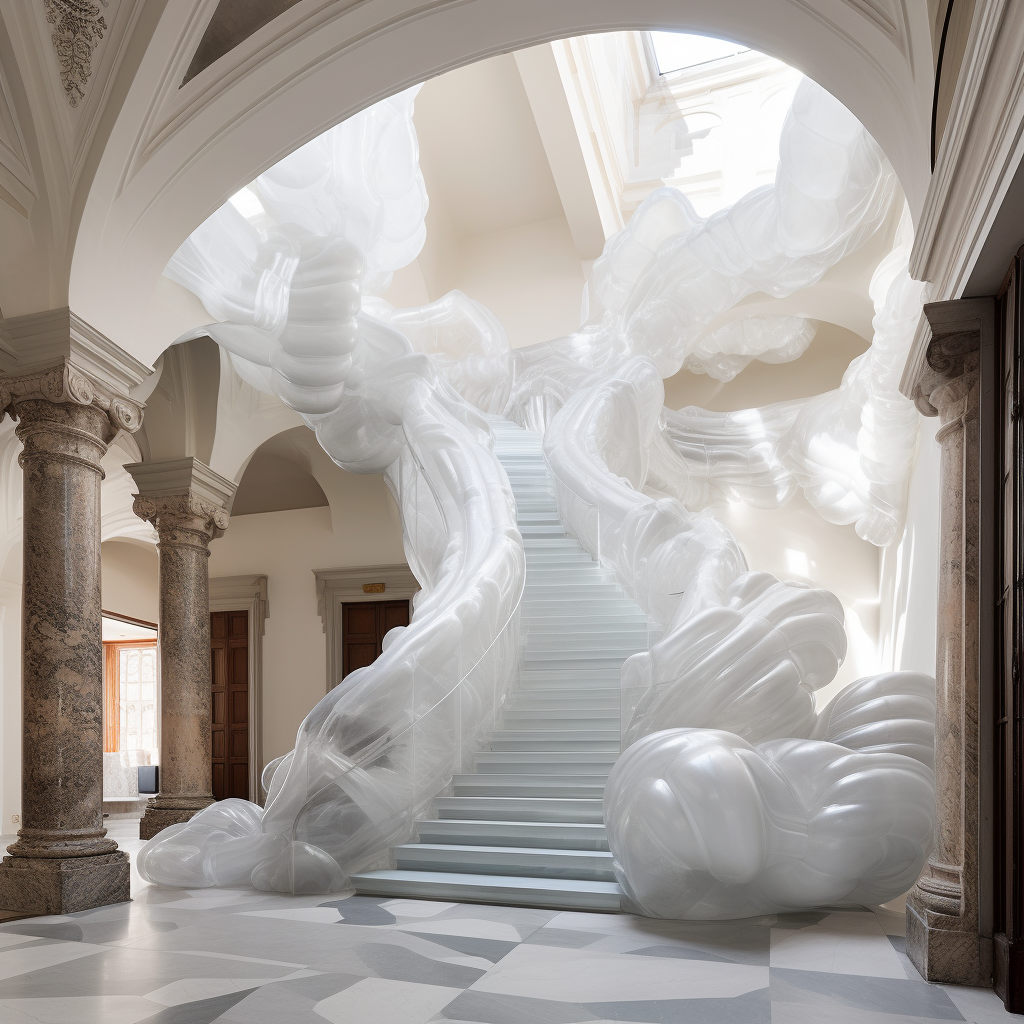
From the master builder who once designed and constructed by hand, the architect’s role has gradually became more precise and specialized. Over time, design separated from construction, and creativity from engineering, refining architecture into a discipline of exact vision and conceptual mastery. Now, with AI, this evolution enters a new phase, where precision meets intelligence, and the very act of designing is being redefined.
The rise of AI brings this evolution to a crossroads: is the architect’s role at risk of being automated, or will technology reveal what architects really do best?
What do architects do?
Across most projects, the architect’s work unfolds through several key phases: consultation, design development, planning, documentation, and construction oversight. The process begins with understanding the client’s objectives, constraints, and vision, followed by the creation and refinement of design proposals. Architects then coordinate with engineers, contractors, and other specialists, translating design intent into precise technical documents that guide construction. Their involvement extends to site supervision, ensuring that execution aligns with design quality and regulatory standards.
Can AI design like an architect?
AI forces me to question what my role really is. When the machine can iterate endlessly, what defines authorship? When it predicts the “best” solution, where does intuition fit?
The integration of AI varies with the organizational scale of practice. Small studios leverage AI primarily for efficiency; automating modeling, visualization, and administrative work; while larger firms deploy it to manage complex, data-driven systems and interdisciplinary coordination. Despite this divergence, both depend on the architect’s interpretive role: to navigate between technology and meaning, ensuring that design decisions remain grounded in human intention and context.
AI excels at patterns, but it doesn’t understand why a space feels calm, why light matters at a certain hour, or how a courtyard can restore a sense of belonging. Those are the layers of experience that define architecture,the kind that no algorithm can yet translate.
For me, using AI isn’t about surrendering creativity; it’s about stretching it. The more precise our tools become, the more vital it is to remember why we design. AI can draw, test, and optimize; but only we can decide what deserves to be built, and how it should make people feel.
How can architects integrate AI into practice?
1. Initial consultation
AI assists this process by analyzing environmental data, local regulations, and urban conditions before the first sketch is made. Tools such as Autodesk Forma allow architects to study site topography, sun paths, and wind flow almost instantly, transforming days of manual assessment into hours of data-driven insight.
While the architect remains responsible for interpreting a client’s emotional and cultural needs, AI complements that intuition with measurable intelligence, helping translate vision into parameters. AI tools like ChatGPT also streamline early-stage communication, producing meeting summaries, proposals, and project briefs with greater clarity and efficiency.
2. Design development
Image diffusion systems such as Midjourney, Stable Diffusion or DALL.E transform text prompts into concept visuals, allowing architects to explore moods, materials, and spatial atmospheres in minutes. Similarly, Adobe Firefly enables instant adjustments and render variations, replacing hours of manual image editing.
For real-time rendering, D5 Render integrates seamlessly with CAD and BIM modeling platforms, including Rhino, Revit, SketchUp, and Archicad.
AI in this phase doesn’t replace design thinking; rather, it multiplies the architect’s capacity to iterate and imagine, opening new aesthetic and spatial possibilities that can be refined through human judgment and experience.
3. Project planning
As projects grow in scale, coordination becomes critical. AI-enhanced project management tools such as Autodesk Construction Cloud, Buildots, and Procore now optimize scheduling, resource allocation, and risk analysis, ensuring better control over time and cost. Integrated within BIM environments, AI algorithms such as those powered by Navisworks Clash Detection and BricsCAD BIM AI Assist can identify potential conflicts among mechanical, electrical, and structural systems before construction begins, a task once prone to costly human error. For architects in smaller offices, Notion AI, and Monograph can assist in assembling consultant teams, managing contracts, and automating repetitive administrative duties,allowing more time for design and client engagement.
4. Construction oversight
On-site, AI extends the architect’s capabilities through technologies such as digital twins, IoT integration, and extended reality (XR). Platforms like Autodesk Tandem, and Willow Twin use AI-driven digital twins to simulate real-time building performance, enabling architects to predict maintenance issues, detect safety risks, or identify energy inefficiencies before they occur.
AI-powered XR tools such as Trimble XR10 with HoloLens 2, Unity Reflect Review, and Arkio allow immersive construction walkthroughs, helping clients and project teams visualize and adjust spaces as they evolve on-site. Meanwhile, IoT-based analytics systems like SmartWorld Pro and IBM Maximo Application Suite leverage AI to interpret live data from sensors, construction equipment, and building systems, supporting smarter, data-informed decisions.
Yet, despite these advancements, the architect’s role remains essential; interpreting the data, safeguarding design intent, and mediating between technology and the lived human experience.
AI brings efficiency, speed, and precision, but it lacks empathy, cultural understanding, and the nuanced creativity that define architecture as a human art. Machines can optimize structures, but they cannot yet understand how a courtyard restores calm or how light shapes emotion. The architect’s task, therefore, is not to compete with AI, but to curate, interpret, and give meaning to what AI produces.
In the end, the integration of AI doesn’t diminish the architect’s role; it refines it. As our tools become more intelligent, our responsibility deepens, to ensure that every algorithm still serves human experience, and that precision never replace purpose.
